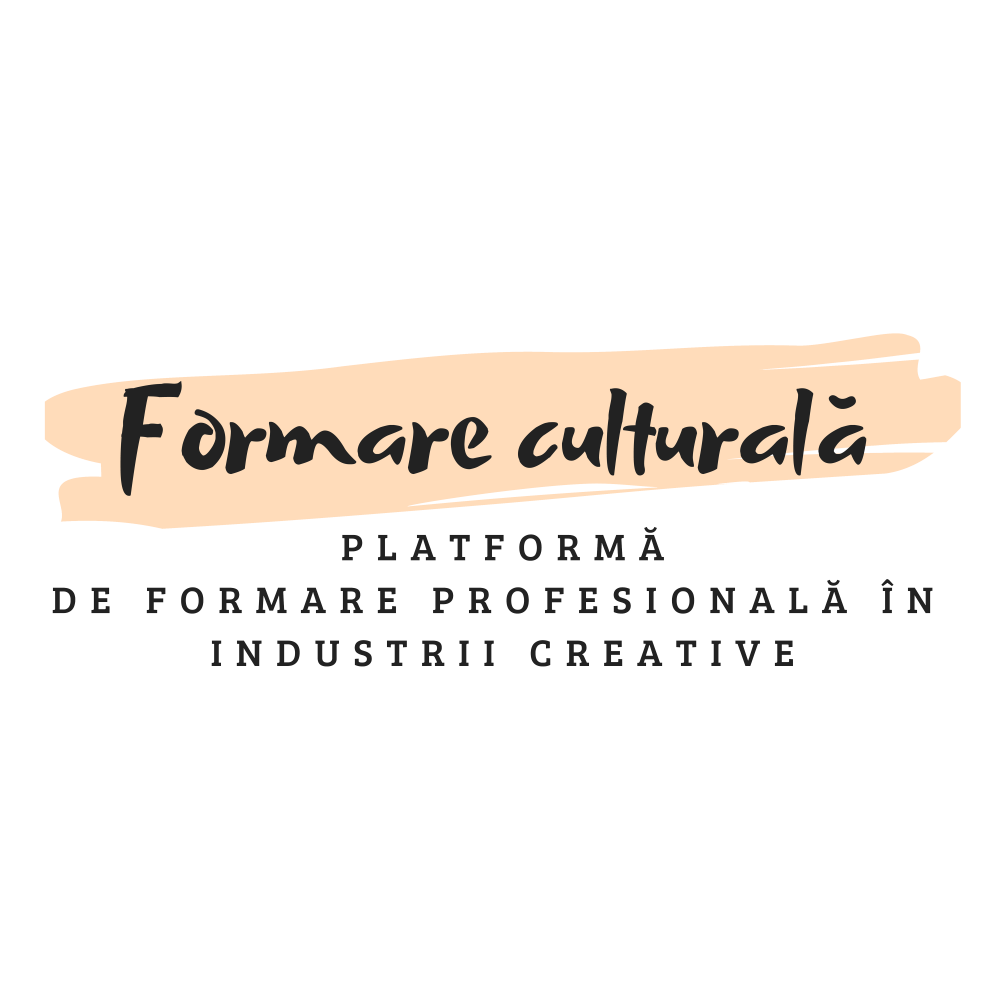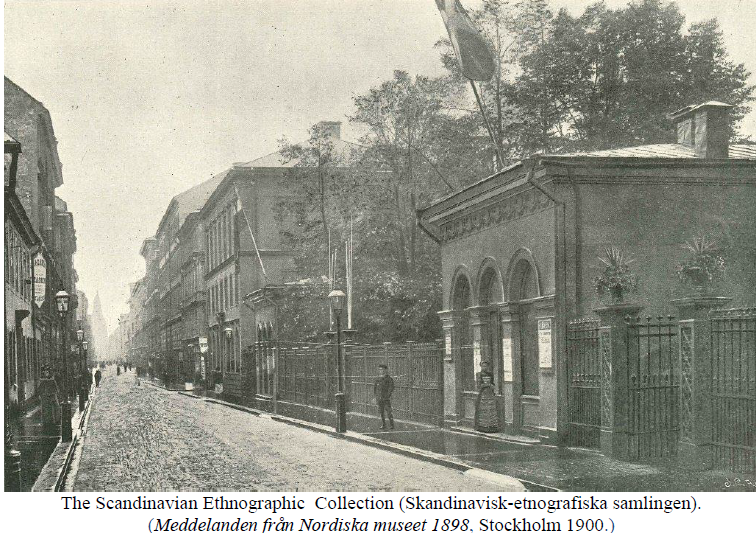In 19th-century Scandinavia, museums were closely tied to the changing idea of what a “nation” meant. At first, “nation” was understood as a cultural community that could stretch across borders, which inspired the creation of Scandinavian ethnographic collections.
Thinkers like Ludvig Kristensen Daa stressed shared Nordic roots, while Artur and Gunnar Hazelius promoted the idea of museums as spaces to strengthen cultural identity—sometimes Scandinavian, sometimes distinctly Swedish. Later, figures such as Oscar Montelius pushed for a more scientific, nation-state approach, insisting on separating collections by national boundaries. In Norway, Yngvar Nielsen sought to establish a folk museum that highlighted Norwegian traditions apart from broader ethnographic collections, reflecting a new focus on national distinctiveness.
This gradual shift from a cultural to a territorial understanding of “nation” shows how museums became powerful tools for building identity and shaping collective memory.
More, here

